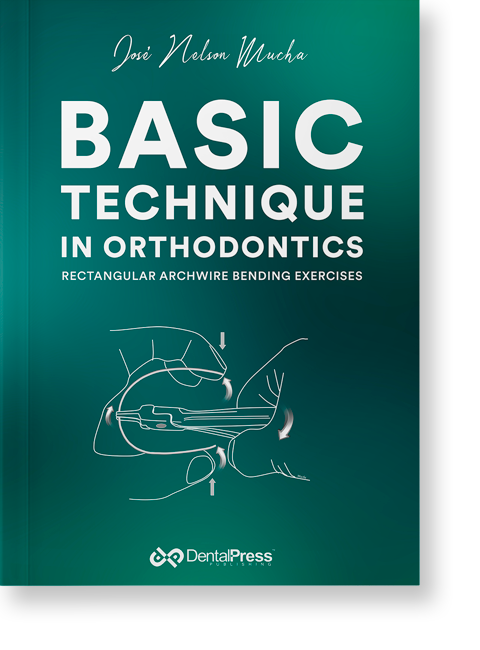Edit Content


R$ 70,00
After having taught the basic orthodontic techniques for more than 40 years in orthodontics programs, the author could conclude that bending and torsion exercises for rectangular orthodontic archwires have become all but outdated.
The technological innovations have greatly streamlined orthodontic clinical practice, but despite these novel orthodontic techniques, manual skills and proper training in carrying out specific, individualized tooth movements with precision still constitute a practice of excellence.
In any orthodontic technique or philosophy with fixed appliances, there will always come a time when bends will be needed in archwires to obtain excellent results.
Given the lack of information on this topic, provided in a straightforward and orderly manner, this manual intends to fill this gap by focusing on training young, newly graduated orthodontists.
It is hoped that all those who aim to achieve clinical excellence in orthodontics will profit from the information contained in this manual.

DDS – Dentistry School, UPF – RS, Brazil, 1975
Specialist in Prosthodontics – Unicamp – SP, Brazil, 1977
Orthodontics – UFRJ, RJ, Brazil, 1980
PhD – Orthodontics – UFRJ, RJ, Brazil, 1987
Former Professor and Chair of Orthodontics – UFF, RJ,
Brazil
Former President/Director, Brazilian Board of
Orthodontics – BBO
Visitor Professor, SLU, CADE, Saint Louis,
MI, USA, Jan. – July 2017
Invite Professor, PUCRS, Porto Alegre, RS,
Brazil. Since 2019
Lectures in Brazil and abroad